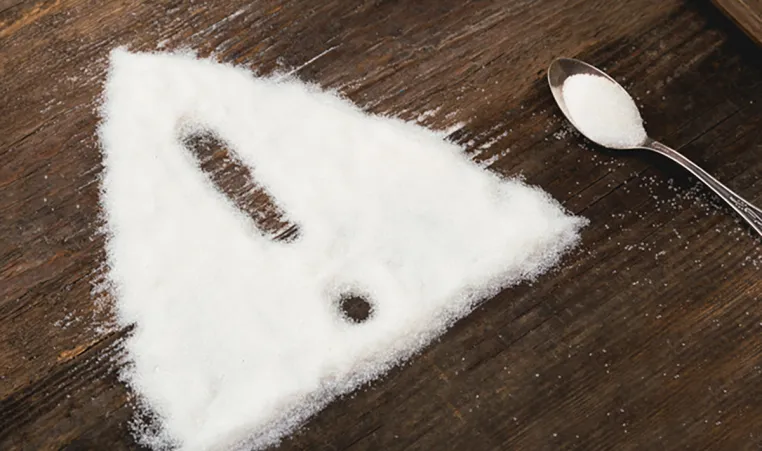
By: Elizabeth Bravman, nutrition specialist for the YMCA of Metro Denver and former pediatric nurse
No surprise: eating too much sugar is not good for us. It’s a challenge for so many who have a busy, work, school and family life. The good news is that a little knowledge, a keen eye and small changes can make a huge difference. Here are 5 tips - and challenges - to reducing the number of added sugars in what you eat and drink. You can also watch the entire series here.
-
Be a Sugar Detective. Naturally-occurring sugars are good for us and include fruits, dairy products, some vegetables and whole grains. Added sugars are not so good for us and are hidden everywhere! Some are obvious like in sodas, candy and desserts but can also include some breads, crackers, soups, and even salad dressings. Foods with added sugar can spike your blood sugar, leaving you feeling hungry and then overeating. Research shows that a diet high in added sugars increases our risk for heart disease, diabetes and cancer.
Knowledge is power. Start with your daily limit of sugars – 36 grams for men and 25 grams for women. Track what you’re eating, specifically noting the added sugars, using a mobile app like MyPlate. Combine your tracking with some of these next tips to help you decrease your added sugars.
-
Don’t Let Breakfast be Dessert. Some of the most popular breakfast staples can surprise you with their added sugar.
First, toast. Some breads can have 5 grams of added sugar. Study the labels and look for options for 2 grams of added sugar or less per slice. Top your toast with a healthy protein like no-added sugar nut butter or a cooked egg. Second, oatmeal. It’s great for breakfast, but instead of the instant, look for plain oats and sweeten with cinnamon, berries or nuts. Third, and a favorite, pancakes and waffles. Try making your own batter. A big batch freezes for an easy breakfast with a mashed banana on top during the week. See some breakfast ideas here.
-
Think Your Drink. Did you know that venti mocha cookie Frappuccino tips the scale at 19 teaspoons of sugar? Don't fall into the trap of 'drinking your sugar.’ A few changes can make the difference.
Try replacing that go-to soda with unsweetened tea or coffee. Try a bubbly seltzer. Add lemon, lime, cucumber or even strawberries to water.
Sound overwhelming? Try this: if you drink two sodas a day, make it a goal to have one soda. Start where you’re at.
-
Hack Your Snack. Packaged food is so convenient but it is often loaded with added sugar. Instead of the pantry, go to the fridge for snacks. Pair fats and proteins to keep you full. Be adventurous in the fruits and veggie department at the grocery store - try that purple cauliflower or jicama.
What are some super easy snack choices? A small sliced apple + cheese stick or cucumber sticks dipped in hummus. A little motivation helps. Put fruits in a bowl on the counter or at the front of your fridge to grab first.
-
Treats. A decadent dessert for a special occasion? Indulge, but in a reasonable size portion and enjoy. For everyday no sugar added treats, try frozen grapes, fruit kabobs or a baked apple with a touch of butter and cinnamon. The key is balance. See a list of recipe links!
Ice cream and sorbets: Chunky Monkey Ice Cream, Pineapple Mint Vegan Sugar Free Sorbet, Frozen Yogurt Fruit Bites
Puddings: Chocolate pudding and Chia Pudding: 3-Ingredient Chia Pudding and Chocolate Chia Pudding Parfait
Cookies: Banana Coconut, Sugar-Free Cookies, Chocolate Chip Cookie Dough Bites
No Bake Energy Bites, Pumpkins Spice Energy Balls and Paleo Energy Balls
The YMCA of Metro Denver offers cooking classes and one-on-one guidance for everyday solutions to help on your wellness journey. Contact us at communityhealth@denverymca.org or call 720 524 2747 to schedule a consultation.